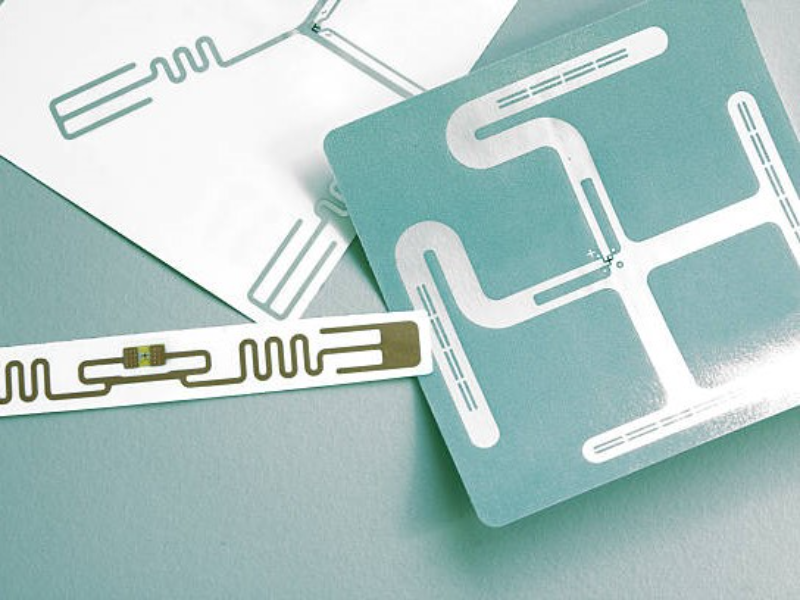- RFID is not a network protocol but a technology for wireless data exchange using radio waves, widely used for tracking and identification.
- The integration of RFID with network protocols enables enhanced inventory management, access control, and IoT applications.
Radio Frequency Identification (RFID) technology has become ubiquitous in various industries, from retail to logistics. However, there is often confusion about whether RFID qualifies as a network protocol. This blog explores the nature of RFID, its functions, and how it integrates with network protocols to enhance data management and communication systems.
Understanding RFID technology
1. What is RFID: Wireless data exchange
RFID, or Radio Frequency Identification, is a technology that uses radio waves to wirelessly identify and track objects. It consists of two main components: RFID tags and RFID readers. The tags, attached to items, contain a microchip and antenna that store data. The readers emit radio waves to communicate with the tags, capturing their stored information without needing a direct line of sight.
Unlike network protocols, which define rules for data transmission and communication between devices within a network, RFID focuses on the identification and tracking of objects. It operates within specific frequency ranges (such as low frequency, high frequency, and ultra-high frequency) to cater to different application requirements. RFID is instrumental in streamlining inventory management, improving security, and enhancing operational efficiency.
2. Types of RFID systems: Passive and active
There are two primary types of RFID systems: passive and active. Passive RFID tags do not have an internal power source and rely on the electromagnetic energy emitted by the RFID reader to power their communication. These tags are commonly used in applications like retail inventory tracking, access control, and asset management due to their cost-effectiveness and simplicity.
Active RFID tags, on the other hand, contain a battery that powers their communication with RFID readers. This allows for longer read ranges and the ability to store more complex data. Active RFID systems are used in applications requiring real-time location tracking, such as in logistics and supply chain management, where precise tracking of assets and goods is critical.
Also read: How to prevent RFID from being duplicated?
Also read: What is RFID used for and can it be deactivated?
Integration with network protocols
1. Enhancing inventory management: real-time data integration
While RFID is not a network protocol, its integration with network protocols enhances its functionality. For example, in inventory management, RFID systems can be linked with networked databases and management software using protocols like TCP/IP. This integration allows for real-time data capture and updates, providing accurate and up-to-date inventory information across the entire supply chain.
By connecting RFID readers to a network, businesses can track the movement of goods from warehouses to retail shelves, ensuring optimal stock levels and reducing the risk of overstocking or stockouts. The seamless flow of data between RFID systems and network protocols streamlines operations and enhances decision-making processes.
2. IoT applications and access control: expanding RFID capabilities
RFID technology plays a crucial role in the Internet of Things (IoT) by enabling the identification and tracking of connected devices. When combined with network protocols such as Message Queuing Telemetry Transport (MQTT) or Constrained Application Protocol (CoAP), RFID can facilitate efficient communication and data exchange in IoT ecosystems. This integration supports various applications, from smart homes to industrial automation, where RFID tags monitor and manage IoT devices.

